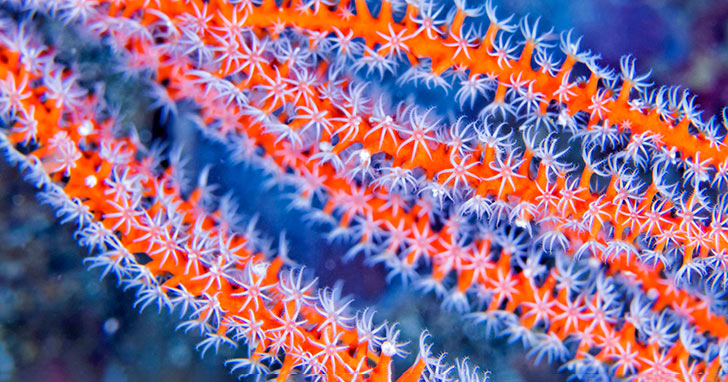
Proper Feeding Techniques Using Phytoplankton and ZooplanktonWith the appropriate liquid invertebrate food and the proper feeding technique, the nutritional needs of your reef invertebrates will be met without compromising water quality or the health of your inhabitants. Why is fish compatibility important for aquariums?
While researching the dietary needs of reef invertebrates, many beginning reef hobbyists encounter an unfamiliar category: liquid invertebrate foods. As a supplementary diet, liquid foods provide additional nutrients for reef aquariums, especially those with a large population of corals and other invertebrates. However, as with any food, liquid invertebrate foods can compromise water quality if used improperly. Determine the dietary requirements of your particular invertebrates and follow a specific feeding regimen to maximize the benefits of liquid invertebrate foods. What type of liquid invert foods are there?
Liquid invertebrate foods are available in two basic formulations, one comprised of phytoplankton and the other with zooplankton.
Invertebrates with fine feathery feeding apparatus or gills tend to feed on phytoplankton and invertebrates with larger polyps or more robust feeding apparatus prefer zooplankton. Feed inverts without reducing water quality
Feeding Regimen As with any food, it is crucial not to overfeed your invertebrates. Liquid invertebrate foods are nutrient-rich solutions and uneaten portions will break down to compromise water quality, leading to aggressive algae growth. It is easy to overfeed with liquid invertebrate foods, especially in reef aquariums that contain fish and have a sparse population of corals or invertebrates. To avoid this, try either of these approaches:
There are a variety of coral and invertebrate foods now available that meets the needs of the most demanding saltwater aquarist and mariculture professional. Related Articles
|
|
|


